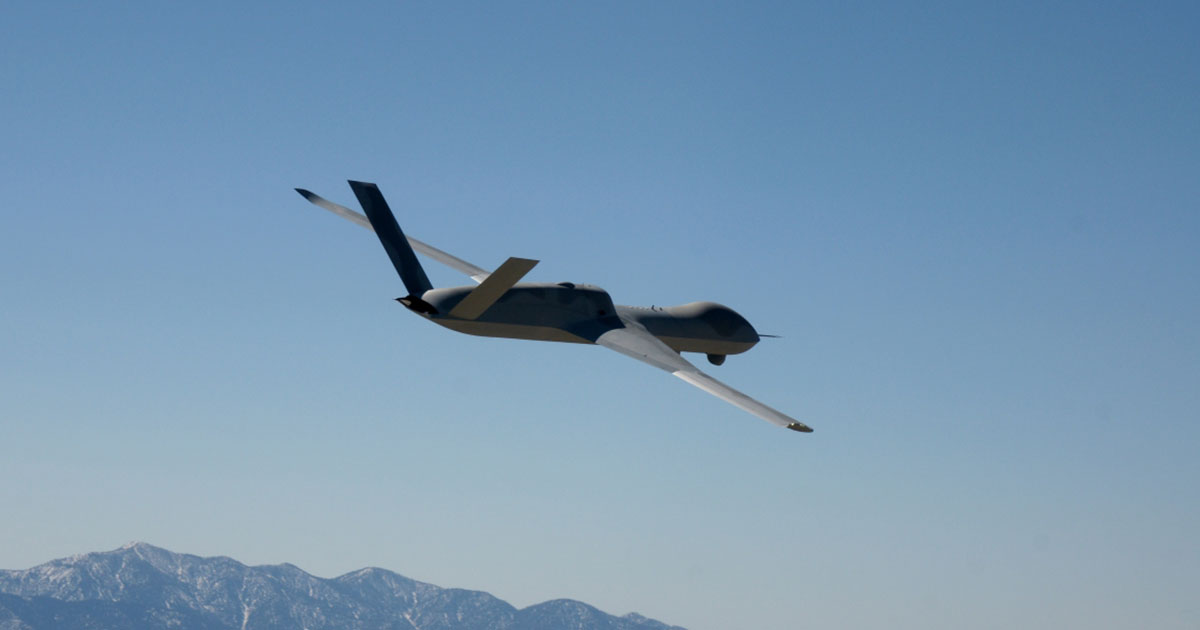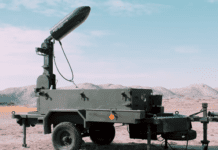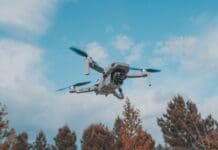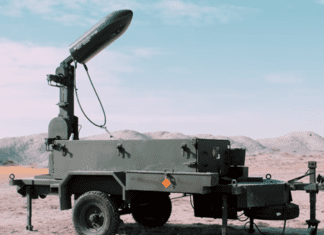This post is also available in:
 עברית (Hebrew)
עברית (Hebrew)
In an intriguing experiment, an unmanned aircraft was used with virtual tools to perform swarm action. ASI-GA, a provider of remote-controlled aircraft systems, is using the Avenger system (unmanned aerial vehicle system) to autonomously search for and track artificial rivals. A live-virtual swarm can be created using this technology, that combines the government’s CODE system, which uses artificial intelligence (AI) to form autonomous flight swarms, with a search sensor network and virtual infrared tracking system (IRST).
A test flight of the Avenger was conducted in late January, in conjunction with a simulation of hardware involving an additional five UAVs from the same series. Following the simulation of the rival aircraft entering the defined search range, the Avengers UAV team must determine, using the AI / ML algorithms, which aircraft will deviate from the search mission and demonstrate air-to-air tactics in a closed loop.
According to ga-asi.com, a simulated threat, sensors, and a variety of aircraft were combined in this experimental flight to demonstrate the unique capabilities of autonomous missions. Asi-GA’s autonomous system uses a complete digital environment, UAV digital twins, and machine learning systems to validate unmanned aerial vehicles and conduct complex killing convoys.
Avenger is an American UAV equipped with the latest technology for UAVs, including a jet engine (instead of a propeller). In addition to having the ability to operate for a long period of time, this UAV is equipped with a jet engine that can reach an altitude of approximately 60,000 feet and a top speed of about 740 km / h. The durability is estimated at approximately 20 hours, and can be extended depending on the planned activity.

























